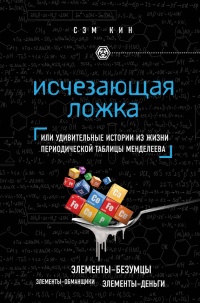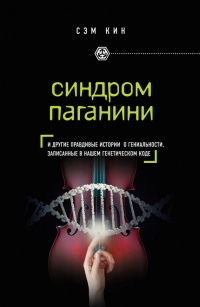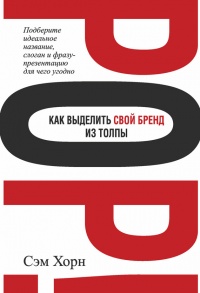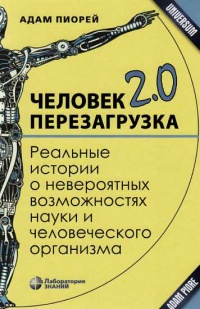Книга Дуэль нейрохирургов. Как открывали тайны мозга, и почему смерть одного короля смогла перевернуть науку - Сэм Кин
Читать книгу Дуэль нейрохирургов. Как открывали тайны мозга, и почему смерть одного короля смогла перевернуть науку - Сэм Кин полностью.
Шрифт:
-
+
Интервал:
-
+
Закладка:
Сделать
Перейти на страницу:
Перейти на страницу:
Книги схожие с книгой «Дуэль нейрохирургов. Как открывали тайны мозга, и почему смерть одного короля смогла перевернуть науку - Сэм Кин» от автора - Сэм Кин:
Комментарии и отзывы (0) к книге "Дуэль нейрохирургов. Как открывали тайны мозга, и почему смерть одного короля смогла перевернуть науку - Сэм Кин"












